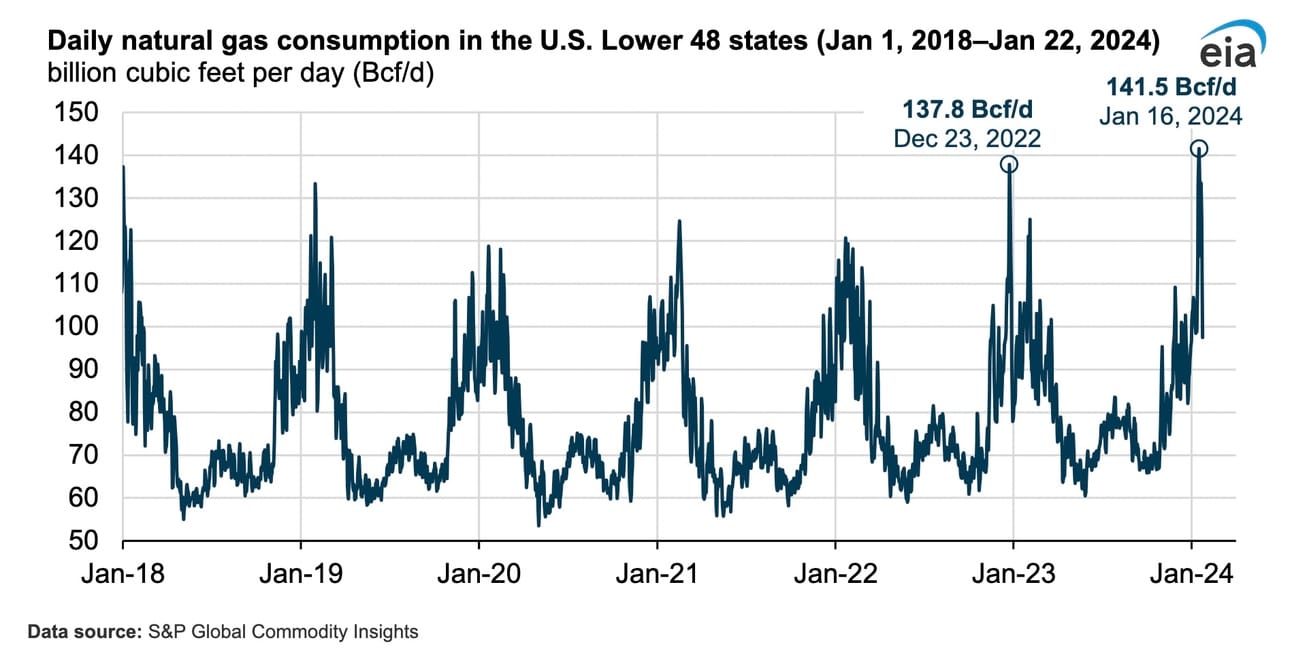Welcome to Grid Brief! Here’s what we’re looking at today: the European Commission has launched an advanced nuclear industrial alliance, the DOE reports that the renewable energy transition will be costly for Puerto Rico, and more.
EC Launches SMR Industrial Alliance
The European Commission has officially launched its SMR Industrial Alliance, a project it announced preparations for last November. The SMR alliance hopes to bolster European SMR development by the end of the decade.
The Industrial Alliance intends to develop a Strategic Action Plan, which aims to pinpoint economically feasible SMR technologies eligible for the Alliance’s support. Additionally, it will assess potential deficiencies in the European SMR supply chain, including fuel and raw material sourcing, and propose solutions.
The plan will explore investment obstacles, funding prospects, and innovative financing methods to bolster SMR advancement. Lastly, it will outline future research requirements for SMRs and Advanced Modular Reactors, as well as identify existing skill gaps in the supply chain to be addressed through the Euratom Research and Training Program, both at the European and national levels.
The EC will issue a call for membership in the Alliance soon.
What Will the Energy Transition Cost Puerto Rico?
The Puerto Rican government’s Act 17 law has its sights set on converting the island to 40% renewable energy by 2050. A new report from the Department of Energy says that it’s possible, but it won’t be cheap.
Here are the technical specs on what it would take for the island to reach its goal, according to the DOE’s report: 3,500 MW of utility-scale solar capacity, (varying according to scenario inputs), plus 700 MW of 4 hour utility-scale batteries, up to 400 MW of long-duration storage, and up to 340 MW of land-onshore wind. These utility-scale additions are supposed to be buttressed by more distributed resources like rooftop solar and residential battery storage packages.

But the report made sure to mention the price tag. “We found that the utility-incurred costs to transform Puerto Rico’s electric grid to one that is reliable will be significant regardless of the mix of generation technologies,” reports the DOE. How significant? One of the less expensive scenarios the DOE looked at saw the territory’s power prices rise from its current $0.25/kWh to about $0.32/kWh in 2025 and then again to $0.35/kWh in 2050.
The DOE report acknowledged that Puerto Rico will have pick up the pace to meet its climate goals.
Upgrade to Grid Brief Premium to get extra deep dives into energy issues all over the world.
Conversation Starters
Sweden drops Nordstream case. “Sweden on Wednesday dropped its investigation into the explosions in 2022 on Nord Stream pipelines carrying Russian gas to Germany, saying it lacked jurisdiction in the case but had handed evidence it had uncovered over to German investigators,” reports Reuters. “Swedish Public Prosecutor Mats Ljungqvist told Reuters: ‘We have a picture of what has happened, and what that picture consists of we cannot go into more detail, but it leads to the conclusion that we do not have jurisdiction,’ he said. ‘It is not Sweden's task to continue this investigation.’”
Red Sea shipping premiums skyrocket. “War underwriters are now charging ships linked to U.S, British and Israeli companies as much as 50% extra in war risk premiums to navigate the Red Sea, with other providers avoiding such business altogether due to the persistent threat of attacks by Yemen’s Houthis,” reports Oilprice.com. “The Iran-aligned group claims it is acting in solidarity with Palestinians as Israel's war in the Gaza Strip grinds on. Many companies have re-routed ships through southern Africa at significantly higher costs but others are still traveling through the Red Sea and Suez Canal. The war risk premiums being quoted for Red Sea voyages now hover around 1% of the value of a ship, up from around 0.7% previously, translating into hundreds of thousands of dollars of additional costs for a seven-day voyage.”
America broke its natural gas consumption record last month. “On January 16, 2024, a record high of 141.5 billion cubic feet (Bcf) of natural gas was consumed in the U.S. Lower 48 states (L48), exceeding the previous record set on December 23, 2022, according to estimates from S&P Global Commodity Insights,” reports the EIA. “Well-below-normal temperatures caused by a large mass of arctic air that covered most of the continental United States increased demand of natural gas used for residential and commercial space heating and for electric power generation. Both consumption of natural gas and withdrawals from underground storage increased to record volumes because of the higher demand.”

Crom’s Blessing

We rely on word of mouth to grow. If you're enjoying this, don't forget to forward Grid Brief to your friends and ask them to subscribe!

